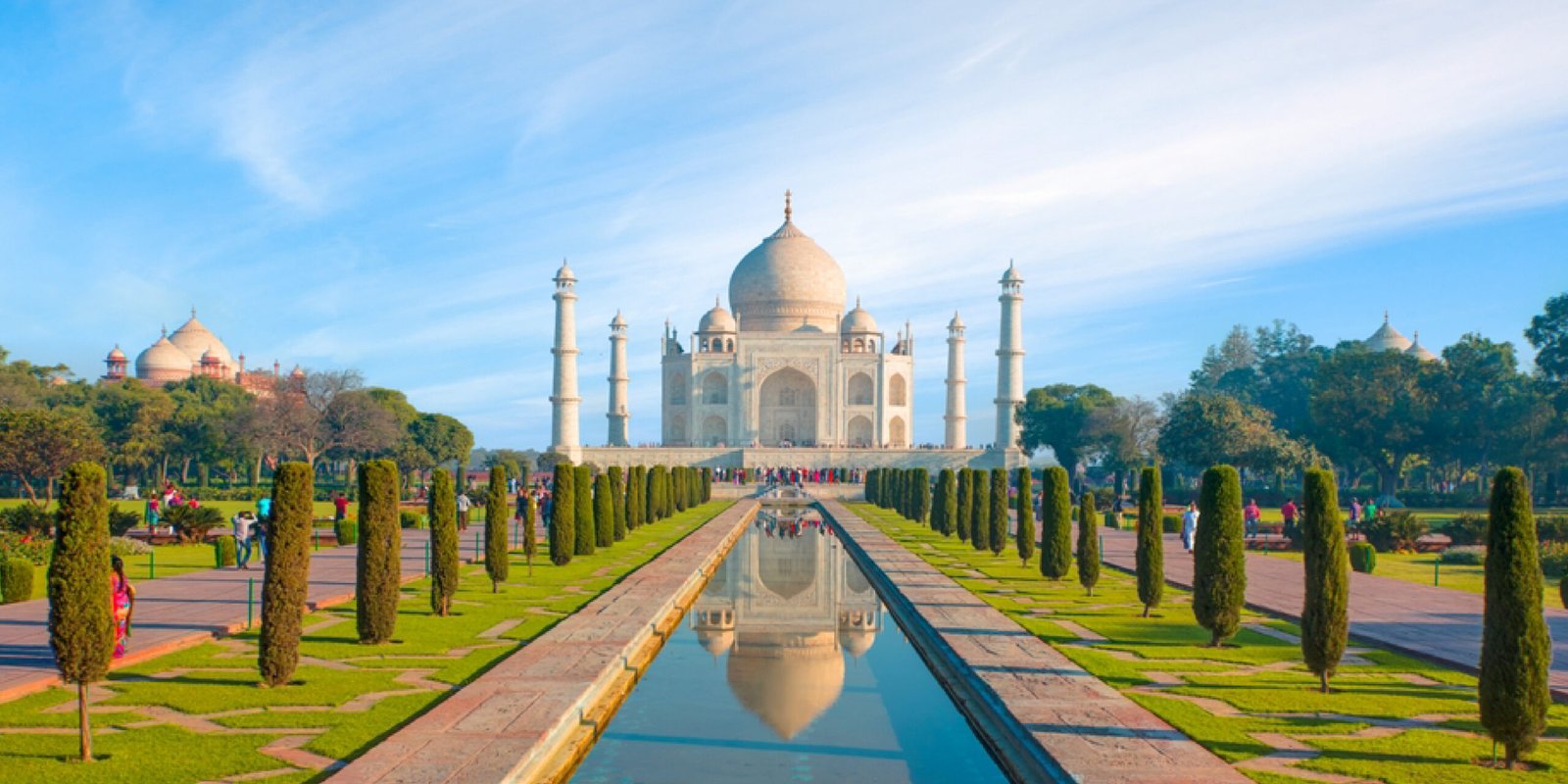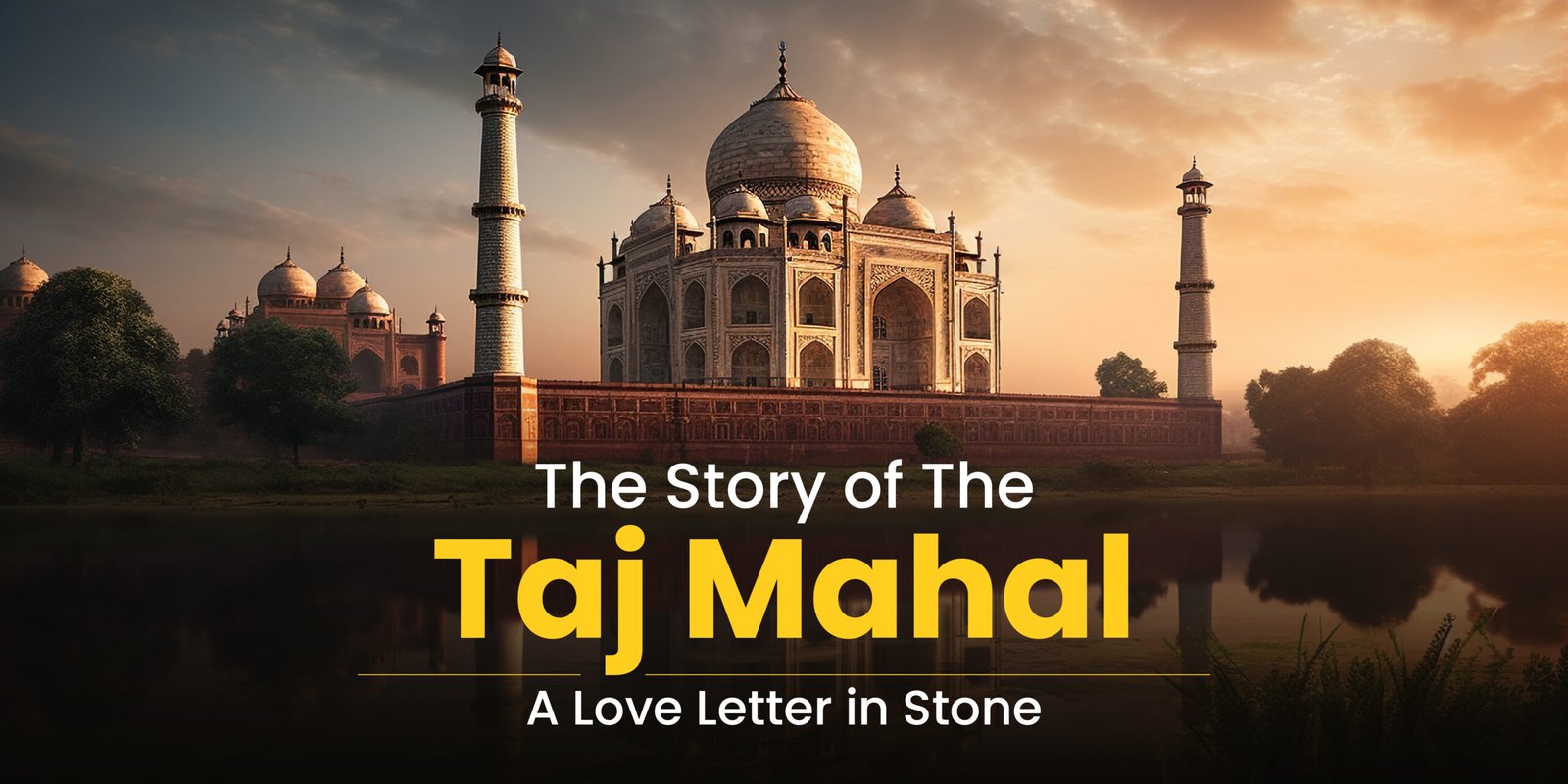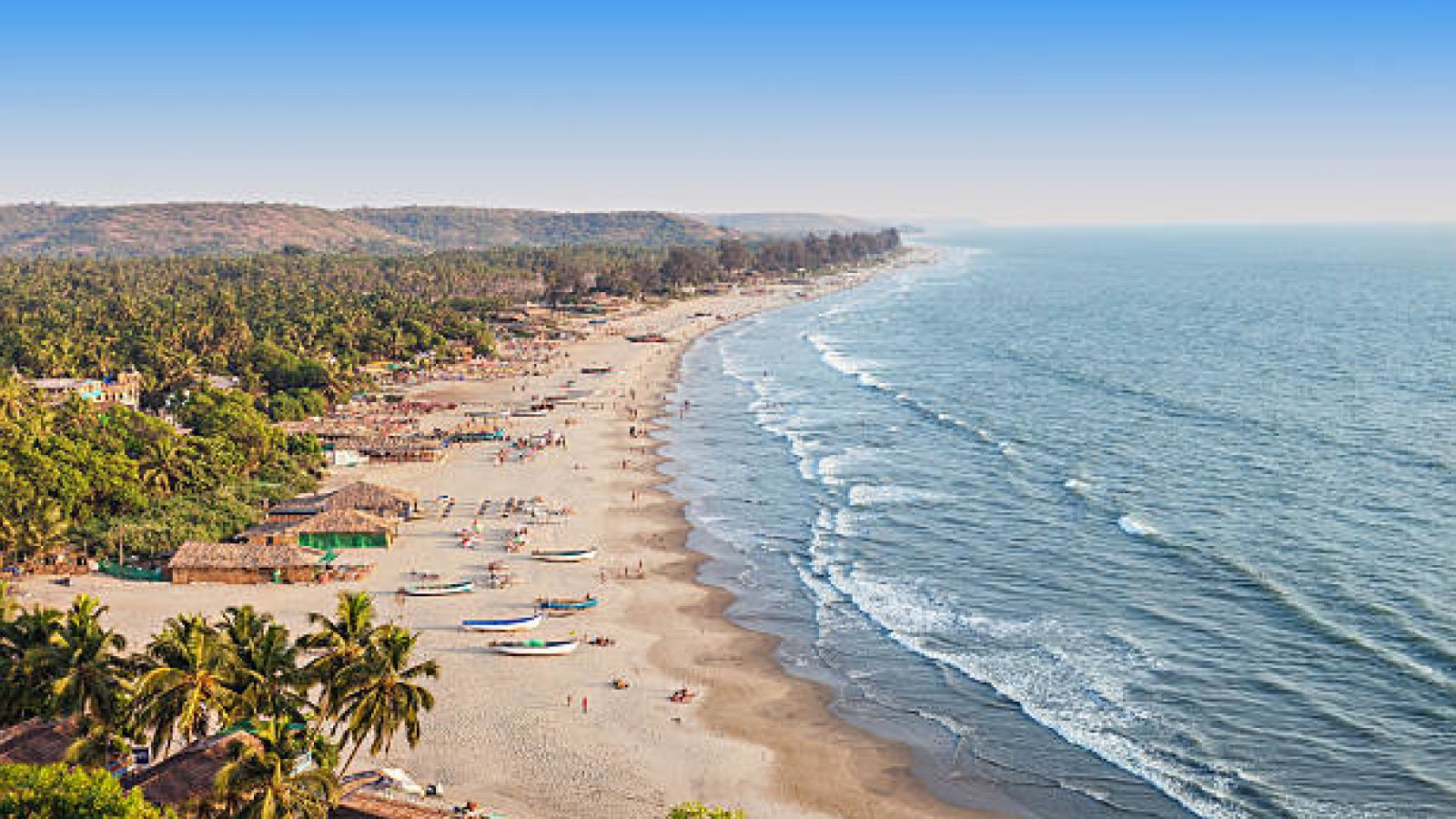They say some stories are written in ink. This one was carved in marble.
In the heart of India, on the banks of the serene Yamuna River, stands one of the world’s most iconic symbols of eternal love — the Taj Mahal. With its gleaming white marble dome, intricate carvings, and captivating symmetry, the Taj Mahal draws millions of visitors each year. But beyond its breathtaking beauty lies a deeply emotional narrative — the story of the Taj Mahal is not just one of architectural brilliance, but one of devotion, loss, and undying love.
The Love Story Behind the Marble
To understand the story of the Taj Mahal, one must begin with Shah Jahan, the fifth emperor of the Mughal Empire. He was a powerful ruler, but perhaps more importantly, a man deeply in love with his wife, Arjumand Banu Begum, more fondly known as Mumtaz Mahal.
Mumtaz was not Shah Jahan’s first or only wife, but she was undeniably his favorite. Their relationship was one of partnership and mutual respect, a rarity in royal courts. Mumtaz accompanied the emperor even on military campaigns and was his close confidante in matters of governance.
In 1631, tragedy struck. Mumtaz Mahal died during childbirth, delivering their 14th child. Shah Jahan was devastated. In his grief, he vowed to build a monument unlike any other — one that would eternally celebrate their love. Thus began the creation of the Taj Mahal, often described as a love letter in stone.

Construction and Architecture
The construction of the Taj Mahal began in 1632 and continued for over 20 years, involving more than 20,000 artisans, architects, and laborers. The chief architect is believed to have been Ustad Ahmad Lahauri, a Persian architect of great renown.
Built primarily from white marble brought in from Makrana in Rajasthan, the Taj Mahal also features precious stones sourced from across India and Central Asia. These were inlaid using a technique called “pietra dura,” creating floral patterns and Quranic inscriptions that still dazzle with their precision and beauty.
- A majestic central dome flanked by four smaller domes
- Four minarets standing at each corner of the platform
- A reflecting pool and sprawling Mughal gardens
- A red sandstone mosque on one side and a guesthouse on the other
The layout symbolizes paradise as described in Islamic tradition, reinforcing the idea that Mumtaz Mahal rests in eternal peace.
The Taj Mahal: A UNESCO World Heritage Site
In 1983, the Taj Mahal was designated a UNESCO World Heritage Site, recognizing its outstanding universal value. It is also one of the New Seven Wonders of the World, reaffirming its place in the global imagination.
Whether you’re an architecture enthusiast, a history lover, or a romantic at heart, a Taj Mahal tour offers a glimpse into a story that transcends time.

Visit Taj Mahal: What to Expect
1. Best Time to Visit
- October to March: Pleasant weather and clear skies make these months ideal.
- Early morning or sunset: The light at these times highlights the Taj’s ethereal glow.
2. Tickets & Entry
- The monument is open every day except Friday.
- There are separate ticket prices for Indian citizens, SAARC nationals, and foreign tourists.
- Tickets can be booked online in advance to avoid queues.
3. Taj Mahal Tour Options
- Sunrise Tour: Watch the marble glow golden at dawn.
- Full-Day Agra Tour: Includes visits to Agra Fort and Mehtab Bagh.
- Guided Heritage Walks: Explore the local culture, artisans, and food.
4. Tips for Travelers
- Wear comfortable shoes; you’ll walk a lot.
- Large bags and drones are not allowed inside.
- Hiring a certified tour guide enhances your experience and understanding of the site.
Symbolism and Cultural Impact
The Taj Mahal is more than a tomb; it’s a cultural symbol. It has appeared in literature, music, films, and even inspired replicas worldwide — from Dubai to Bangladesh.
Its symmetrical design, gardens, and ethereal reflection in the water are not just architectural achievements but spiritual metaphors. The central dome, surrounded by the minarets, represents a heavenly throne, suggesting Mumtaz is resting in paradise. Even centuries after its construction, the Taj Mahal continues to stir the hearts of those who stand before it.
Preservation and Challenges
As beautiful as the monument is, it faces several challenges. Pollution, overcrowding, acid rain, and climate change have all taken a toll on the white marble. Efforts are constantly being made by the Archaeological Survey of India (ASI) and other organizations to preserve its magnificence for future generations.
Conclusion
The story of the Taj Mahal is not merely a chapter from India’s rich history — it’s a universal tale of love and loss etched forever in marble. Whether you’re drawn to it for its stunning architecture, historical significance, or the romantic legend behind it, a Taj Mahal tour is an unforgettable experience.
So if you’re planning to visit the Taj Mahal, prepare to be awed. Because beyond the domes and minarets lies a heartbeat — the story of a man who loved, lost, and immortalized his beloved in one of the world’s greatest wonders.
FAQs About the Taj Mahal
- Why was the Taj Mahal built?
The Taj Mahal was built by Emperor Shah Jahan in memory of his beloved wife Mumtaz Mahal, who died during childbirth in 1631. It stands as a symbol of eternal love. - How long did it take to build the Taj Mahal?
Construction began in 1632 and took approximately 22 years to complete. The main mausoleum was completed in 1648, with the surrounding buildings and gardens finished in 1653. - Where is the Taj Mahal located?
The Taj Mahal is located in Agra, a city in the northern Indian state of Uttar Pradesh. - Can I take photographs inside the Taj Mahal?
Yes, photography is allowed in the outer areas, gardens, and near the reflecting pool. However, photography inside the main mausoleum is strictly prohibited. - Is there a dress code to visit the Taj Mahal?
There is no official dress code, but it’s advisable to wear modest clothing. Light cotton clothes are ideal for summer visits, and a shawl or light jacket during winter. - What is the best time of day to visit the Taj Mahal?
Sunrise and sunset are the best times to visit due to the beautiful lighting and relatively smaller crowds. - Are there any guided tours available?
Yes, numerous local and international travel agencies offer Taj Mahal tours, including expert guides who explain its history, architecture, and hidden stories. - What other attractions can I visit in Agra?
Besides the Taj Mahal, don’t miss:- Agra Fort: A massive red sandstone fort and former imperial residence.
- Mehtab Bagh: A perfect spot to view the Taj Mahal at sunset.
- Itimad-ud-Daulah’s Tomb: Often called the “Baby Taj.”












